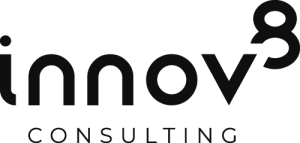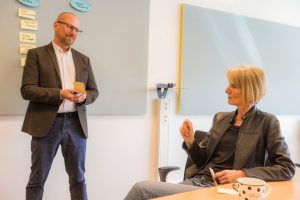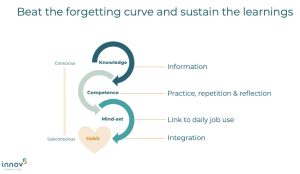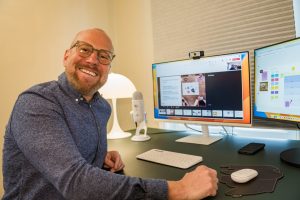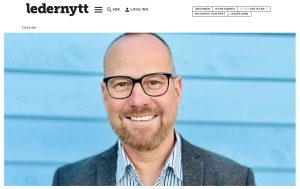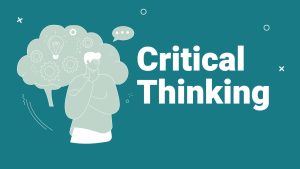Yesterday I facilitated a workshop at Tekna in Kristiansand with many participants from diverse industries and roles. We explored how biases shape every step of our decision-making — mostly without us noticing.
Biases are mental shortcuts that help our brain make fast decisions under uncertainty. They’re efficient from an evolutionary perspective — but in today’s complex world, they can lead to short-sighted choices, particularly in hiring, strategy, and innovation.
In the workplace, “bias” often carries a negative connotation — associated with prejudice or unfair judgment.
So people often instinctively respond: “I’m not biased.”
But the truth is: everyone is. It’s simply how the brain works. The key isn’t to deny bias, but to pause and question it. The gap between your first instinct and your deliberate reasoning — that’s where bias hides.
Next time you face a decision — choosing between two people, two ideas, or two options at work — ask yourself:
👉 What would it take for me to be wrong?
👉 What assumptions am I treating as facts right now?
👉 Whose opinion or data have I not considered because it might challenge me?
Recognizing bias isn’t about blame — it’s about awareness, curiosity, and better decisions. True critical thinkers don’t aim to be right; they aim to be less wrong.
💬 When was the last time you caught yourself in a thinking trap — and how did you get out of it?
At Innov8 Consulting AS, we help organizations move from awareness to impact — building cultures where people think critically, challenge assumptions, and innovate with creative confidence.
